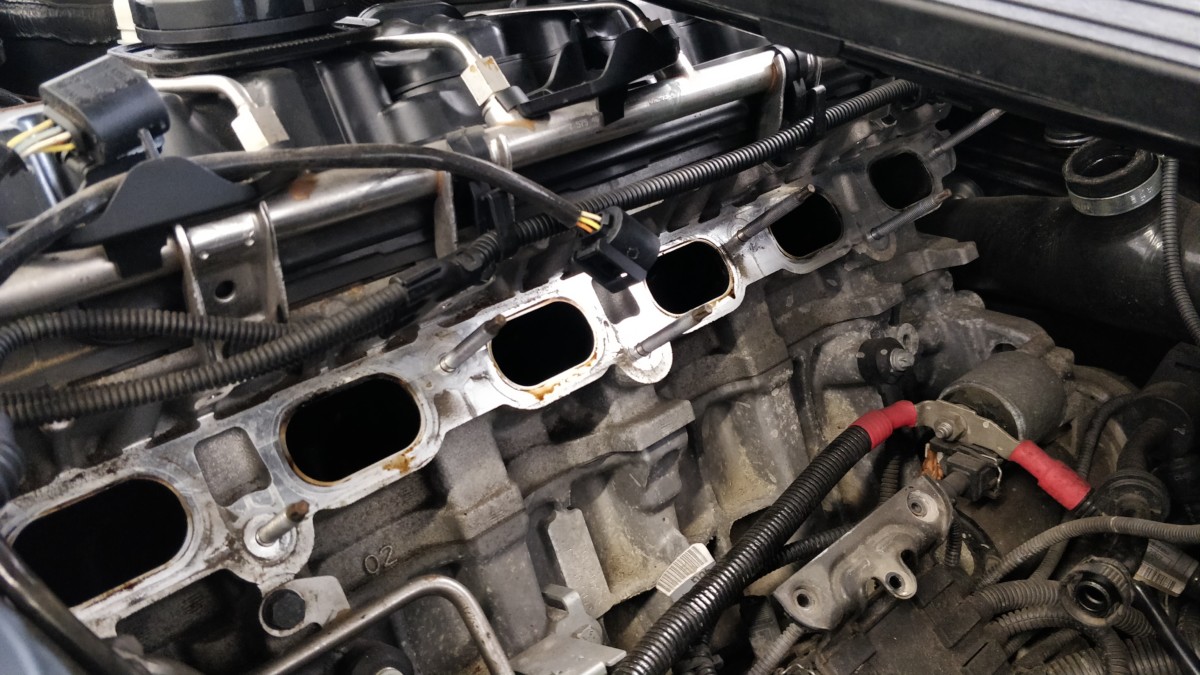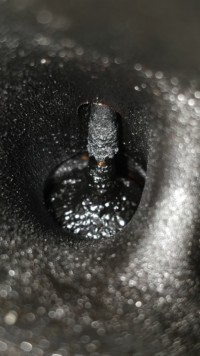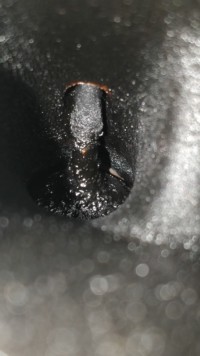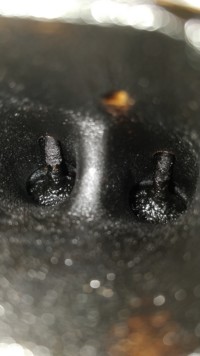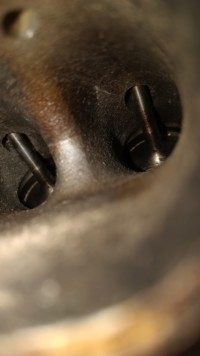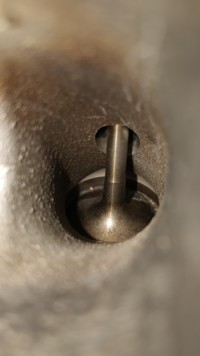The intake manifold plays a central role in the performance and efficiency of combustion engines. Especially at Direct injection, gasoline and diesel engines it may be due to construction Coking and deposits in the intake tract. The deposits lead to a gradual loss of power as well as various problems in the mixture formation, which can be noticeable by the engine warning light lighting up, jerking, poor throttle response and rough running of the engine. An effective method to counteract the problems is this Cleaning the intake bridge and inlet channels. This often happens Walnut rays for use. The process in which finely ground Walnut shell granules used as a blasting agent is considered particularly gentle and environmentally friendly. It effectively removes the deposits without damaging the surfaces of the treated parts.
Intake Rays, the costs!
For light deposits petrol engines Alternatively, there is also one chemical cleaning to which with approx. 200 EUR takes into account. For more comprehensive cleaning, primarily for vulnerable diesel engines such as BMW N47 and N57 engines, we recommend walnut blasting. The costs for this amount to: approx. 600 EUR. The method is particularly effective for heavy soot deposits in the area Intake bridge and the cylinder head intake channels, which can reduce the air mass flow and thus the engine performance. In addition to cleaning the intake manifold alone, it may also make sense to also... Swirl flaps to clean. The combination of both services is usually for around 900-1.000 EUR offered.
Don't just have it cleaned once
It is recommended cleaning approximately every 50.000 km to have it carried out in order to prevent mechanical defects on the engine. If the intake manifold is defective, for example due to leaks that affect the tightness, replacement is often unavoidable. The Costs for a new intake manifold vary depending on the manufacturer and vehicle type 150 and 500 euros. However, assembly in a specialist workshop can be significantly more expensive due to the complicated removal. Professional cleaning of the intake manifold in the workshop can save up to 1.000 EUR costs, which is mainly due to the high amount of work involved.
Intake manifold blasting & costs: DIY options
For experienced do-it-yourselfers who are confident enough to do the replacement themselves, one can Exchange set be a cheaper alternative. In any case, we believe it is advisable to visit a workshop early on at the first sign of problems with the intake manifold in order to prevent further damage and to ensure the safety and performance of the vehicle.
What does cleaning the intake manifold and valves mean?
- The Cleaning the intake bridge and valves refers to the process by which deposits and carbon deposits that accumulate over time due to combustion processes in the engine are removed. The deposits can affect the performance of the engine by reducing air supply and disrupting smooth operation.
Why is cleaning the intake manifold and EGR system important?
- The EGR system (exhaust gas recirculation) has the task of returning exhaust gases to the combustion chamber in order to reduce emissions. However, over time, carbon-containing deposits can form in this system, as well as in the intake manifold, leading to a rough running of the engine, improper shifting and even the engine switching off being able to lead. Cleaning will help correct the problems and improve the efficiency of the engine.
What symptoms indicate that cleaning is necessary?
- Typical signs that cleaning is necessary are: Misfiring, increased fuel consumption, loss of engine power and rough idle. The symptoms indicate that deposits are interfering with the normal functioning of the engine.
How is the cleaning carried out?
- Cleaning can be done by various methods, including: Valve cleaning without removal is a popular option. For example, microflex® 933 valve cleaning granules used, which is blasted with compressed air onto the carbonized valves and channels. Used granules and dissolved impurities are then vacuumed off. Residues and coking be with one Neutralization solution treated.
How much does the cleaning cost?
- Prices vary depending on the scope and difficulty of the cleaning. Generally, the price starts for a basic cleaning from around 300 EUR, while more specific procedures such as a TUNAP valve cleaning from EUR 500 can cost.
What results can be expected?
- After cleaning you can use one sustainable removal of pollution, a Restoration of the component’s full functionality, a Reduction in fuel consumption and expect an improvement in overall engine running. Moving parts are made moveable again, resulting in optimized and more efficient engine operation.
Is cleaning safe for my engine?
- Yes, the cleaning procedures used, especially that Walnut blasting and the use of microflex® granules, are safe for the engine. The methods are designed to gently remove deposits without damaging the valves or other engine components. TUNAP valve cleaning is also available health-friendly and contains no allergy-causing substances.
How often should cleaning be done?
- The frequency of cleaning depends on various factors such as driving style, the quality of the fuel used and the specific operating conditions of the vehicle. It is generally recommended to check and, if necessary, clean every 50.000 kilometers to ensure optimal engine performance and efficiency. Photo credit: munichpower.co.uk
thematically relevant posts
In our category Tips, products, information & Co We have reviews of car or accessories manufacturers, new ones Tuning Wiki Terms or one or two leaks published.
|
Buying advice for used electric cars: Important tips from us! |
 tuningblog.eu Your magazine about tuning the car
tuningblog.eu Your magazine about tuning the car
